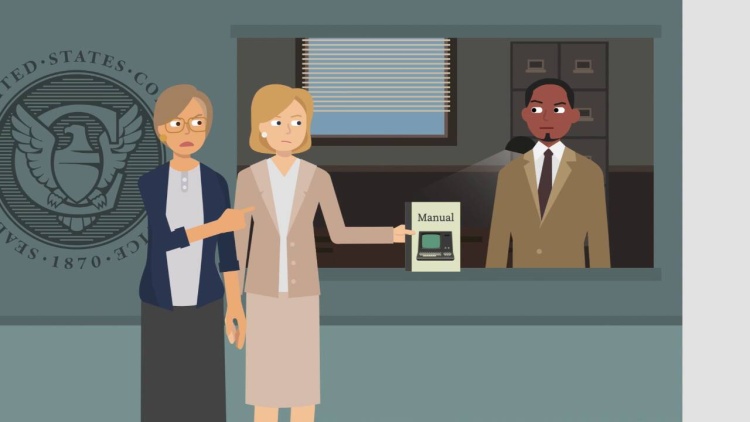Hays v. Sony Corp. of America
United States Court of Appeals for the Seventh Circuit
847 F.2d 412 (1988)
- Written by DeAnna Swearingen, LLM
Facts
Stephanie Hays and Gail MacDonald (plaintiffs) are business teachers at a public high school in Des Plaines, Illinois. In 1982 or 1983, the plaintiffs drafted a manual to teach students to operate the school’s word processors. The manual, which contained no copyright notice, was distributed to students and faculty. In 1984, the school bought new word processors from Sony Corporation of America (Sony) (defendant). The school provided the manual to Sony and requested that Sony adapt it for use with the new word processors. Sony updated the manual, retaining much of the original manual’s language, and provided the new manual to the school. Sony was not compensated for updating the manual, and Sony did not sell or distribute the manual to anyone else. In February of 1985, the plaintiffs registered the manual’s copyright. The following July, the plaintiffs, through their attorney Emmanuel F. Guyon, filed suit against Sony in federal district court. The complaint alleged that Sony had violated both common law copyright law and statutory copyright law. In addition, the complaint asserted that Sony had “made large profits by reason of appropriating to its own use Plaintiff’s workbook.” Consequently, the complaint contained demands for compensatory and punitive damages, injunctive relief, attorney’s fees and other relief, as well as an accounting of Sony’s profits. Sony filed a motion to dismiss for failure to state a claim, which was granted. In addition, Sony filed a Rule 11 motion for sanctions under the Federal Rules of Civil Procedure (FRCP). The district court granted the motion and awarded Sony $14,895.46 in sanctions against the plaintiffs’ attorney, Guyon. This award was calculated by requiring Guyon to pay 10% of Sony’s attorney’s fees accumulated between the lawsuit’s filing and April 1, 1986, when Guyon should have known the suit was frivolous, 50% of the fees accumulated thereafter, and 75% of the fees related to motions to strike filings made by Guyon in June of 1986 in an attempt to avoid dismissal.
Rule of Law
Issue
Holding and Reasoning (Posner, J.)
What to do next…
Here's why 899,000 law students have relied on our case briefs:
- Written by law professors and practitioners, not other law students. 47,000 briefs, keyed to 994 casebooks. Top-notch customer support.
- The right amount of information, includes the facts, issues, rule of law, holding and reasoning, and any concurrences and dissents.
- Access in your classes, works on your mobile and tablet. Massive library of related video lessons and high quality multiple-choice questions.
- Easy to use, uniform format for every case brief. Written in plain English, not in legalese. Our briefs summarize and simplify; they don’t just repeat the court’s language.





